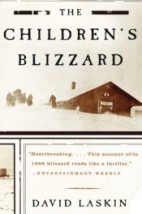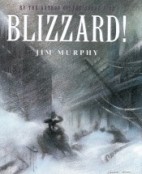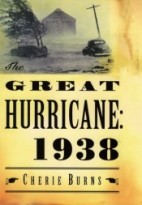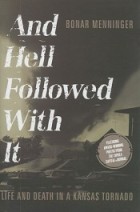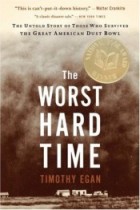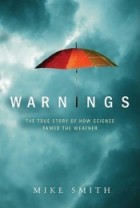I have spent three months trying figure out how to write about the amazing Brown v. Board of Education National Historic Site. Every single time I sit down to try to compose a narrative I start looking through the photos I shot. And each time I get to the picture of the hallway I fell my heart clench.
Every.
Single.
Time.

What you can’t tell in this photograph is the fact that these walls are actually screens playing videos, and you are experiencing what it was like to be a person of color trying to walk through a crowd of people screaming horrible things at you because you want to go to school.
Because there is sound. Because this is real footage of real people screaming horrible things and throwing rocks while young people were trying to walk to school.
The historic site calls it the Hall of Courage, and I can’t imagine the courage it took to walk through this real crowd. Because I wanted to hide from the videos.
The Brown v. Board of Education National Historic Site is housed in what was once the old all-black Monroe School. Out front, there is a photo of Monroe student Linda Brown, the namesake for the Brown v. Board Supreme Court case.
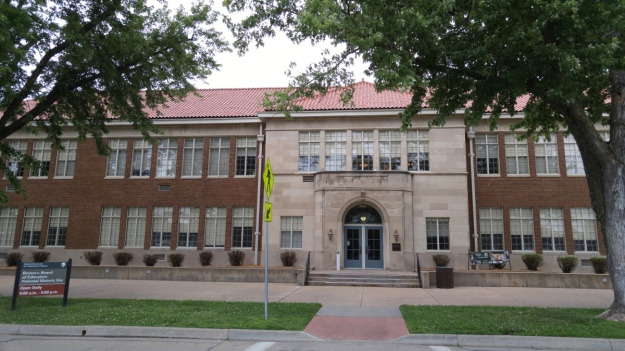
Built in 1927, Monroe Elementary served Topeka’s black community.
The national historic site does more than recount the story of the court case. It gives the court case context and engages visitors to understand how this monumental court decision fit into the larger story of equality.
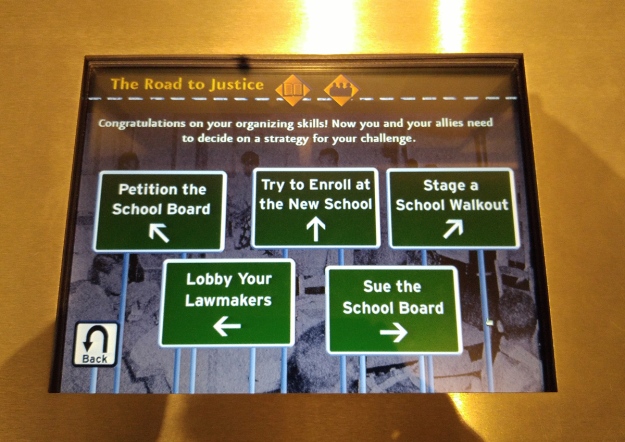
Hands-on exhibits let visitors grapple with hard decisions.
Exhibits guide visitors through the turmoil experienced by most people of color. Photos, videos, sounds, and hands-on learning tools help visitors understand how conflicted people were about how to improve educational opportunities.
Do we want desegregated schools, or do we want better schools?
Do we sue?
Do we strike?
Is putting up a fight worth putting ourselves in danger?

One of the four dolls used in Kenneth and Mamie Clark’s famous “doll test” is on display at the Brown v. Board of Education National Historic Site. During the 1940s, four of these dolls–identical except for color–were shown to young children, who were asked to identify the dolls’ color and which doll they preferred. The majority of children preferred the white doll, a sign that even children under the age of 7 were instilled with the notion of inferiority caused by prejudice and segregation.
Other exhibits examine segregation and prejudice beyond the educational experience. I did not know that there were times when immigrants from Ireland and Southern and Eastern Europe weren’t considered “white” until they were properly “Americanized” through the public school system.
Still more exhibits demonstrated how segregation penetrated every aspect of life. Need to use the bathroom? Need somewhere to sleep? Are you hungry? Your color will determine your options–if you have any.
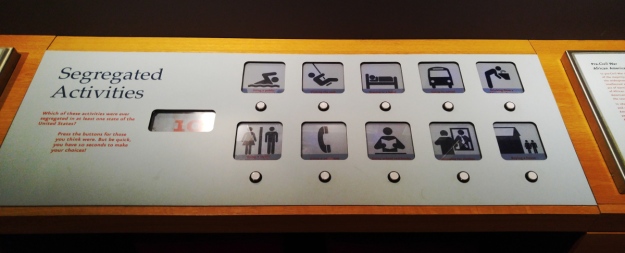
You have ten seconds to figure out which of these activities were segregated somewhere in the U.S. Hint: All of them.
There are some quirks to the museum. Timelines are often text-heavy and sometimes don’t flow in the direction you expect them to, but make time to look at them. A few of the technology tools didn’t work as well as they should (a common malady in tech-heavy museums). However, read and explore as much as you can, because the content is incredibly thoughtful and thought-provoking.
Because I was born after Brown V. Board, it takes museums like this and the National Civil Rights Museum in Memphis to remind me how very recent and fragile these strides toward equality really are. I am in awe of the bravery and persistence and resilience of every single person who put themselves out there to fight for their rights.
And as much as I hated to face those angry people in the Hall of Courage, part of me wishes I could reach through the space and time and ask, “Do you still think you were in the right?”

This sign greets visitors entering the museum.
The Brown v. Board of Education National Historic Site is open year around. Admission is free and it is a kid-friendly site that welcomes field trips. Their staff members are incredibly kind and interested in helping you have a meaningful visit.

 Despite spending the better part of the past decade with my ear to the ground, listening for stories about Kansas’ most interesting crimes and criminals, Ben and Stella Dickson–two bank robbers who would eventually make the FBI’s Public Enemies list–never blipped on my radar.
Despite spending the better part of the past decade with my ear to the ground, listening for stories about Kansas’ most interesting crimes and criminals, Ben and Stella Dickson–two bank robbers who would eventually make the FBI’s Public Enemies list–never blipped on my radar.